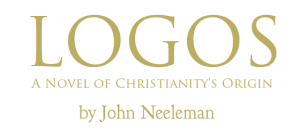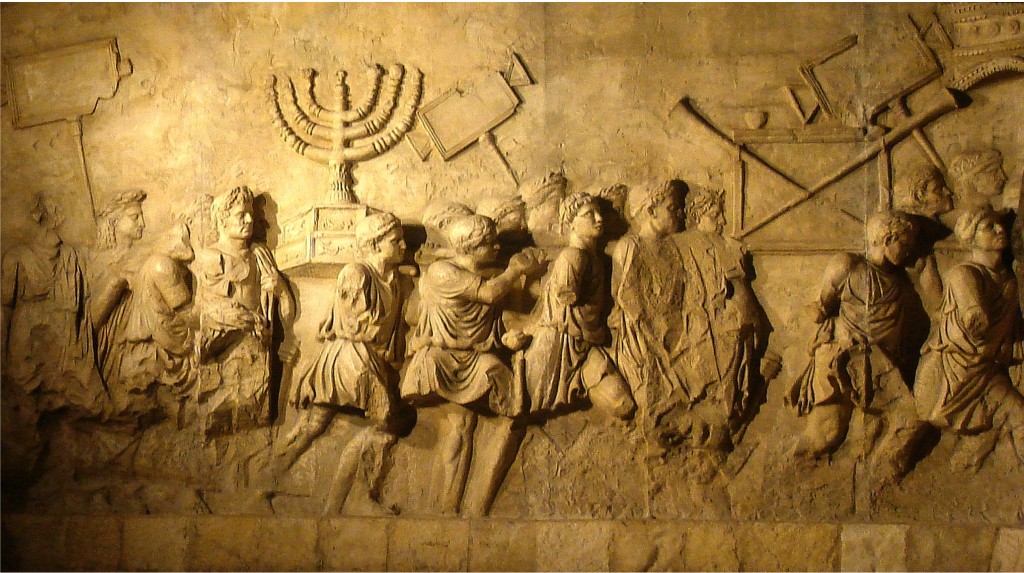Homebound Publications is publishing my debut novel, Logos. Its website describes Homebound as “an award-winning independent publisher.” What is an “independent publisher”? I think this is important, particularly because of the crucial differences between independent publishers and what is colloquially known as “The Big Five” or “legacy” publishing houses. However, the distinction may be more than what meets the eye – or perhaps less, depending upon your knowledge about the publishing industry.
According to Wikipedia, “[t]he terms ‘small press’, ‘indie publisher’, and ‘independent press’ are often used interchangeably, with ‘independent press’ defined as publishers that are not part of large conglomerates or multinational corporations.” In an article at CNN.com titled “If it’s cool, creative, and different, it’s indie” (October 13, 2006), journalist Catherine Andrews wrote: “The term ‘indie’ traditionally refers to independent art – music, film, literature or anything that fits under the broad banner of culture – created outside of the mainstream and without corporate financing.” Such presses make up approximately half of the market share of the book publishing industry.
However, in my opinion, the foregoing raises more questions than it answers, as I’ll explain. First, bear with me as I identify the three broad categories of book publishing today in the United States, because I think it’s most instructive to compare them with one another: (1) “The Big Five” or “legacy” publishers — Hachette, Macmillan, Penguin Random House, HarperCollins, and Simon & Schuster (the Penguin-Random House merger in mid-2013 turned what was The Big Six into The Big Five); (2) independent presses; and (3) “self-publishing presses,” “subsidy presses,” or “vanity presses”.
I’ll address the easiest comparison first, between categories (1) and (2) on the one hand, and (3), on the other: The Big Five and independent or small presses alike generate revenues by selling books to consumers – mostly indirectly, through retailers. Self-publishing or subsidy presses, on the other hand, sell services to authors – the author agrees to pay for the publication of his or her work, or to purchase a minimum purchase of copies. This distinction is made by the objective terms of the bargain made between author and publisher, and is easy to identify and demonstrate.
However, the Big Five and the independent publishers operate on the same business model: In general, the author writes the book and the publisher undertakes the classic business risks associated with designing the book and manufacturing it and selling it. The publisher creates the physical manifestation of the book, mass produces the book, drives the marketing process, and distributes the book. The publisher receives the gross revenues from sales of the book, and pays the author a royalty, typically of 10 to 20 percent of gross revenues. This is the arrangement I have with Homebound. Also, at Homebound, the creative and business processes of making Logos a consumer product have involved the same acquisition process, editor, editorial assistant, publisher, and publicist that classically characterize the Big Five’s workings (though particularly at smaller small presses, some individuals may wear more than one hat). Independent presses – like The Big Five – tend to be organized as corporations, and maintain business relationships if not a literal presence internationally.
But the similarities between the Big Five and independent presses do not end there, and the differences may be more subjective or even elusive than you might think (though they are nevertheless real and important). As James McGwirk reports in The Daily Beast (“Are Indie Presses the Minor Leagues of Publishing?” August 13, 2013), “John O’Brien, editorial director of Dalkey Archive Press [an independent publisher], points out that some of the so-called small presses aren’t even that small anymore. . . . The publishing industry has changed so much in the last few years that many of the best well-established writers are represented by the small presses. If anything, it is the large commercial publishers that are the farm teams. ‘Many of these writers see the smaller publishers as the places that will take them very seriously and do as much as possible to help promote the writer’s work,’ he says.”
Moreover, as Jason Diamond notes in Favorwire (“25 Independent Presses That Prove This Is the Golden Age of Indie Publishing,” October 1, 2013), while computer technology, the Internet and social media have enormously increased opportunities for independent publishers – and their numbers and importance have likewise grown – “independent publishing . . . is nothing new,” and has long been a wellspring of artistic talent: “From Virginia and Leonard Woolf starting up Hogarth Press to the early days of Farrar, Straus and Giroux championing now-iconic authors that other publishers wouldn’t touch, [independent] publishing has long been responsible for some of our best literature.”
Thus, independent publishers have provided the professional help and the imprimatur of quality that we presumptively associate with a legacy publisher. Indeed, frequently you will see independent publisher issued books reviewed by major broadcast outlets and periodicals, and each year appearing in their “ten best” lists. And books from independent publishers have won the Pulitzer Prize, the National Book Award, and Penn-Faulkner awards, as well as numerous less known but distinguished awards such as Nautilus Medals.
But the Big Five give big advances and throw potent marketing resources behind their projects, right? Yes and no; but these days, mostly no. It’s true that like other independent artistic ventures, independent publishers face greater challenges in getting their books into retails stores (or their authors recognized by Oprah). But for most authors this does not make a material difference. According to Minda Zetlin, president of the American Society of Journalists and Authors and a business/technology expert (“The Geek Gap”), “The big houses are becoming fewer and more corporate-driven. Big advances are rare, promotional support rarer.” (Jane Ciabattari, “Now There Are 5,” (September 3, 2013, Library Journal.).
Each year legacy publishers issue thousands of books by authors, some of them debut authors, who are not public figures. Whether published by a legacy or an independent publisher, except in extremely rare and fortuitous instances, to get a big advance and powerful marketing support, an author needs already to have been made rich and famous by his or her work. Thus, Ms. Zetlin explains, many authors she knows “work with some combination of smaller publishers” “in addition to the Big Six-Now-Five.” She says, “As authors have come to understand that sales of their books is their own responsibility, it’s less and less clear why we need these giant houses at all.” As the poet, critic, and fiction writer Anis Shevani says, “Small press writing is closely allied with the vast creative writing establishment. It’s a self-sufficient world unto itself. . . .” (James McGwirk in The Daily Beast.)
So what makes independent publishers special? What makes them different from legacy publishers? The meaningful answer is that the independent publishers and the legacy publishers differ in what each does well. “Among the [legacy] imprints that survive, the tendency is to homogenize and focus on a few general fields like ambitious nonfiction, accessible literary fiction or thrillers. ‘Legacy’ publishing does best in the first category: it commands the advances needed for research, the editing talent to shape the writing and the marketing muscle to distribute those doorstop biographies on Father’s Day.” (Boris Kachka, The New York Times, “Book Publishing’s Big Gamble” (July 9, 2013).)
However, like startups in other industries, because they are smaller, independent, and privately held, independent publishers are better able to innovate and have a greater capacity or appetite for risk. As James McGwirk elaborates in The Daily Beast, “‘The Big Six [now Five] have become risk adverse [sic],’ says Rob Spillman, editor of the literary magazine Tin House, which also has a small book-publishing division. ‘The stakes for them have gotten too high.’ Large publishing conglomerates have large overheads, huge Manhattan offices and massive warehouses to maintain, and must employ large sales forces. ‘Indies have low overhead, are nimble, and rarely work by committees,’ Spillman says. ‘We can do a two thousand print run on a first book and break even. No way any of the Big Six [Five] could do that.’” Moreover, because historically indies could not compete with the Big Six with respect to book advances, “‘It is by necessity that the indies are really beating the bushes and looking for the new and interesting,’ [Spillman] says.”
Now, novels of the “more and more of the interesting and strange variety — the labors of love on which famous editors like Robert Giroux, Maxwell Perkins and Barney Rosset once placed their bets — may migrate to smaller presses. Graywolf, Milkweed and McSweeney’s (none of them in New York) may not have the resources of their spiritual predecessors, but they have what new owners often lack: personality, mission and focus.” (Boris Kachka, The New York Times.) This is like the indie filmmakers, who are revered because by working outside the studio system, they are able to maximize their experimentation with artistic expression.
In 2012 UK writer Colm Toibin published a very short novelized take on the Christian story, The Testament of Mary. I read the reviews with interest, to get a better feel for my novel’s place in the market. Overall the novella was well received, but The Washington Post review was quite negative, and (this surprised me) partly because of the novel’s perceived blasphemous quality —the reviewer wrote that The Testament of Mary imparts an “acrid polemic taste”. The following sentence especially caught my attention: “There was a time when a book like this wouldn’t have had a holy ghost of a chance of getting published.”
When I read this sentence I knew that inevitably Logos would be published by an independent press. In the past fifty years, a few literary novels have dramatized the origin of the Christian story or the origin of Christianity. With one exception, they have had two things in common: they were originally published in Europe, and the authors were, like Toibin, famous and well established novelists (Robert Graves, Nikos Kazantzakis, Philip Pullman). The exception is Norman Mailer, whose The Gospel According to the Son was first published in the United States. But Norman Mailer was Norman Mailer.

